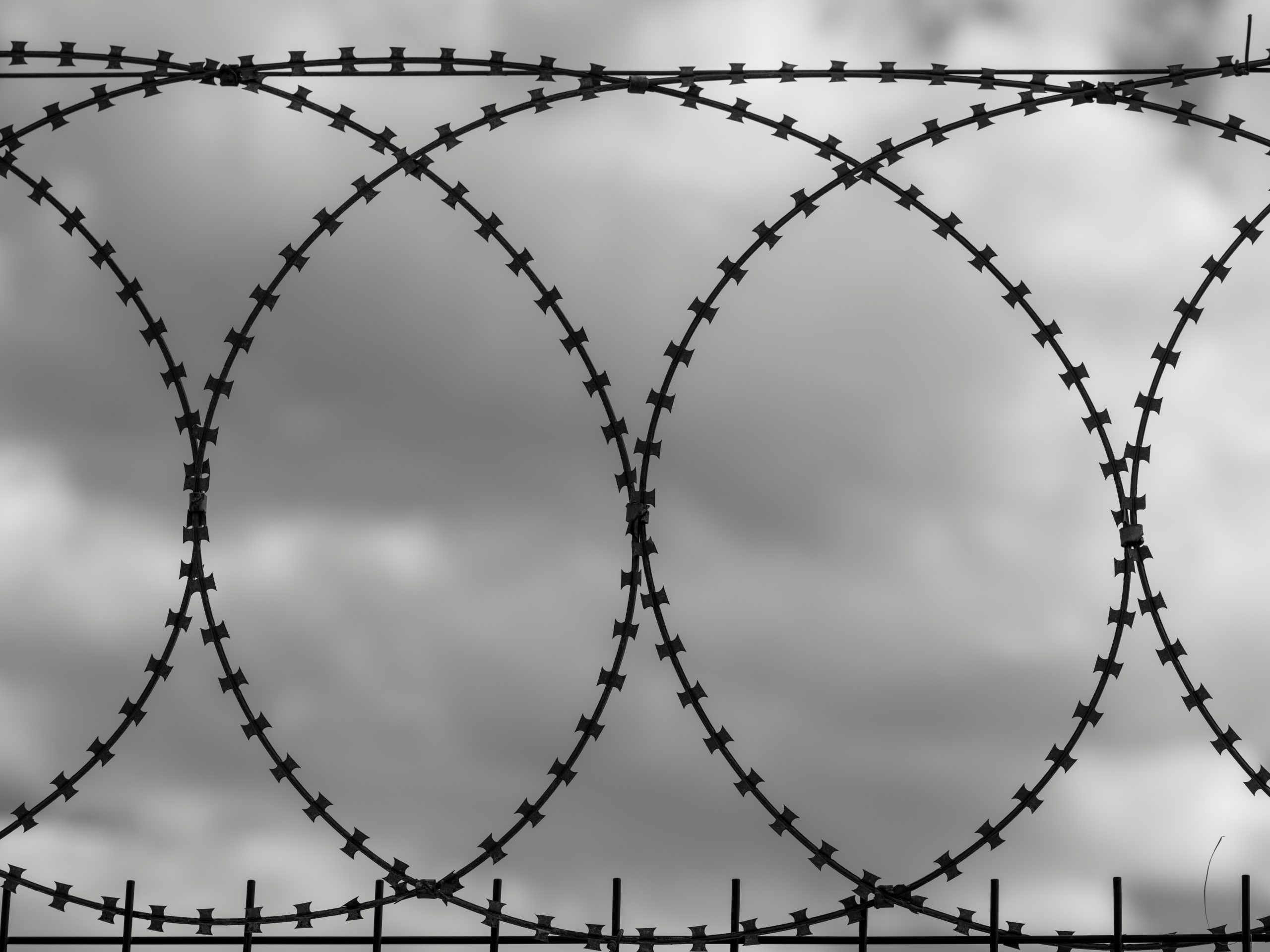Bail Reform: Balancing Justice and Public Safety
Bail reform has become a topic of significant debate in recent years, as many question whether the current system truly balances the concepts of justice and public safety. In its simplest form, bail is a sum of money paid to the court as collateral to ensure that an accused individual will appear for their trial. However, for many lower-income individuals, bail can be prohibitively expensive, resulting in longer incarceration periods and a negative impact on their families and communities. In response to these concerns, many jurisdictions have begun to implement bail reform initiatives. But what exactly is bail reform, and how does it aim to strike a balance between protecting the public and ensuring justice for all? Let’s take a closer look.
Understanding Bail Reform
Bail reform is the process of re-examining and restructuring the traditional bail system in order to make it more equitable and fair. In the past, a defendant’s ability to pay bail often determined whether they would remain incarcerated or be released before their trial. This system disproportionately affects low-income individuals, who are often unable to afford even a small amount of bail. As a result, defendants may accept unfair plea deals or spend months, if not years, in jail awaiting trial.
The goal of bail reform is to address this inequality and promote a more just and effective criminal justice system. This may involve eliminating or reducing bail amounts, implementing alternative forms of pre-trial release, or expanding access to legal and social services for defendants. The specific approach taken may vary depending on the jurisdiction, but the primary objective is to reduce the number of individuals held in pre-trial detention and ensure that they are not punished before being convicted.
The Impact on Public Safety
Opponents of bail reform often argue that eliminating or reducing bail amounts puts dangerous individuals back on the streets, potentially endangering public safety. However, research has shown that this is not typically the case. In fact, many reform measures prioritize public safety by implementing risk assessments to determine the likelihood of a defendant fleeing or committing a new crime. By making these assessments, judges can make more informed decisions about whether an individual should be released and under what conditions. This evidence-based approach has been found to be more effective at keeping the community safe while also preserving the rights of the accused.
The Legal and Societal Implications
Beyond the impact on individuals and public safety, bail reform also has important legal and societal implications. For one, reform measures aim to reduce the number of people held in jail before their trial, which can free up resources and reduce overcrowding in prisons. Additionally, bail reform seeks to address systemic issues of racial and economic inequality within the criminal justice system. By eliminating financial barriers to release, individuals are less likely to accept plea deals that may not accurately reflect their culpability, leading to fairer outcomes.
The Debate Over Pretrial Detention
One of the most contentious aspects of bail reform is the debate over pretrial detention. Critics argue that pretrial detention unfairly punishes individuals who have not been convicted of a crime and can lead to negative consequences such as job loss, housing instability, and even a higher likelihood of being convicted. On the other hand, proponents of pretrial detention argue that it is necessary to protect the public from potentially dangerous individuals. However, research has shown that pretrial detention can actually do more harm than good, leading to increased recidivism rates and unjustified punishment for those who are ultimately found not guilty.
The Need for Continued Evaluation and Improvement
While bail reform initiatives have shown promising results, it is important to note that they are not a one-size-fits-all solution. Measures should be continuously evaluated and adjusted to ensure that they are effectively balancing justice and public safety. This includes addressing any unintended consequences and making sure that the system is not unfairly impacting any particular group. With ongoing evaluation and improvement, bail reform has the potential to create a more just and equitable criminal justice system for all.
In Conclusion
Bail reform is a complex issue with important considerations for both justice and public safety. By implementing a data-driven approach and continuously evaluating and improving upon existing measures, we can better strike a balance between these two crucial concepts. The ultimate goal of bail reform is to create a more equitable criminal justice system, one that is fair for all individuals regardless of their socioeconomic status. As we continue to grapple with this issue, we must prioritize evidence-based solutions and work towards creating a system that truly serves the needs of our society.





